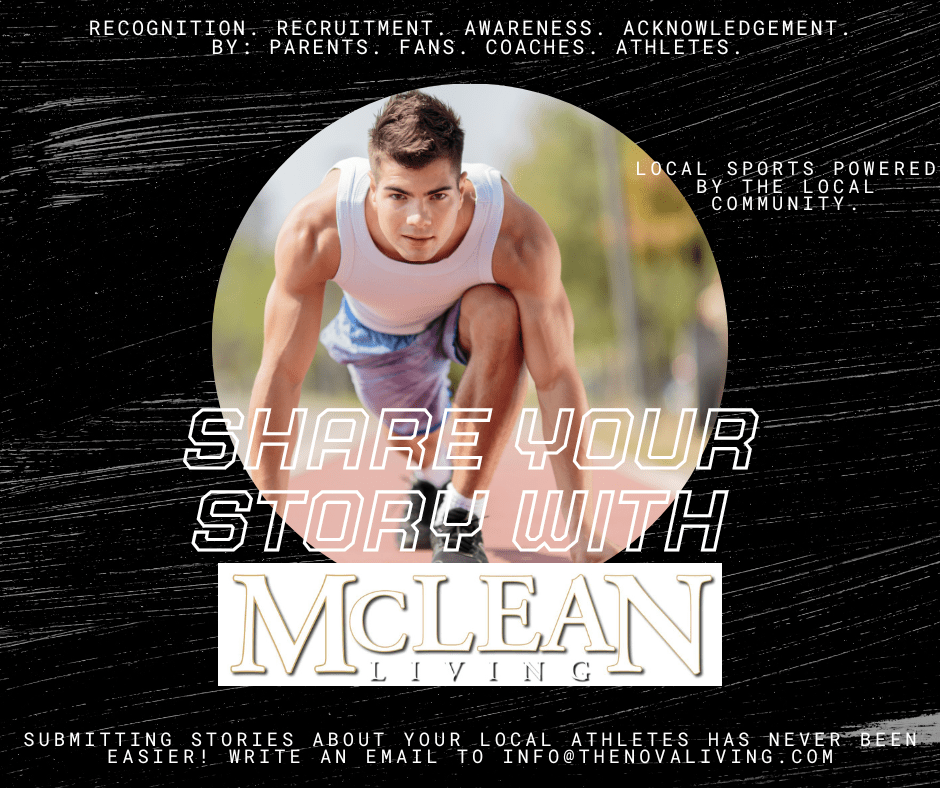BOTOX From food poisoning to beauty
By: Dr. Maryam Khavandi / Medjuvenis
Way back in the 1820s, Justinus Kerner – a German poet, physician, and medical writer, was trying to figure out why a batch of blood sausages ended up poisoning several dozen Germans. Turns out, there was a toxin in the meat that caused their deaths. Kerner named his discovery “botulism” from the
Latin root botulus, meaning sausage.
At the beginning of World War II, the U.S. began researching biological weapons from a toxin produced by the bacterium Clostridium botulinum. According to the International Journal of Dermatology, one plan involved using Chinese prostitutes to slip tiny toxic pills of botulinum toxin into the food and drinks of high-ranking Japanese officers. Funny enough that
when the capsules were sent to China, and tested again – on stray donkeys – the whole program was abandoned – as the donkeys survived.
In the 1960s, Alan Scott, an ophthalmologist in San Francisco, started research on the treatment of strabismus by injecting botulinum as an alternative to surgery. Eventually in 1979, a specific type of the toxin was approved by the FDA for certain use in humans. It took about 8 years, in 1987, until the Canadian ophthalmologist Jean Carruthers noticed that after injecting botulinum toxin for the treatment of blepharospasm, frown lines also known as worry lines would disappear. As she described it during her presentation at IMCAS Paris 2022 “The Aha moment”. She shared this observation with her dermatologist husband, Alastair Carruthers, and the couple published the first report on botulinum toxin application for cosmetic purposes in 1996.
In 1991, this ‘‘orphan medicine’’ was bought by the Allergan company and was named Botox. Since then botulinum toxin

neuromuscular blocking agent, known by its first name “Botox” has been used for medical and cosmetic purposes for years. Two years later, a slightly different formulation was launched by a British company, named Dysport, derived from dystonia (involuntary muscle contraction). Since then, more brands have been introduced to the market such as Jeuveau, Xeomin and the new kid on the block Daxxify, each with slightly different characteristics. In cosmetic procedures, tiny amounts of botulinum toxin are injected in various areas of the face, and prevents and treats dynamic wrinkles in the forehead, glabella, and crow’s
feet (wrinkles around the eyes). The prevention characteristic of this toxin has led to the generation Z trend of getting
“botulinum toxin” earlier, now in their 20s. botulinum toxin remains a go-to treatment for those wishing to minimize the appearance of fine lines and wrinkles and according to plasticsurgery.org, botulinum toxin is the #1 most popular minimally invasive cosmetic procedure in the United States, with over 4 million people partaking in the treatment in 2020.
This tiny dose of botulinum toxin acts by temporarily relaxing the target muscles depending on the indication. Botulinum toxin has been approved by the FDA for more than 100 medical and cosmetic indications. To name a few, it can help with facial wrinkles, depression or sweaty underarms (hyperhidrosis), migraines, lazy eyes, neck spasms and overactive bladder. Used creatively, it can also lift the brows, turn up lip corners, and subtly lift the lips, slim the jawline and create a V shape – narrower and more feminine appearance.
BEAUTY IS PAIN – or better described, beauty is a quick office visit with no down time that can be achieved in as little as a single 15- to 30-minute treatment. The pain is however a very well tolerated procedure through small injection of products with tiny insulin needles. Most injectors will apply a topical numbing agent to sweeten the deal. Of course, not all patients require it, and some forgo it to speed up the treatment time.
RULE OF 3 – The expected results are achieved with just one treatment session starting at day three and fully taking
part after three weeks. It is also expected to last about three to four months. Hence the rule of 3 (3 days, 3 weeks, 3 months).
THE RISK – It can lead to bruising and temporary swelling of the injection site, mild headache and flu-like symptoms and, in more severe and less common cases, temporary eyelid drooping.
BEAUTY IS OBSESSION – Is botulinum toxin injection addictive? Yes and no! It all depends on your cosmetic goals. The muscles don’t get dependence to the medication, but your beauty might. To sum it up, botulinum toxin injection is a safe, FDA
approved, effective, and as quick as can be.


